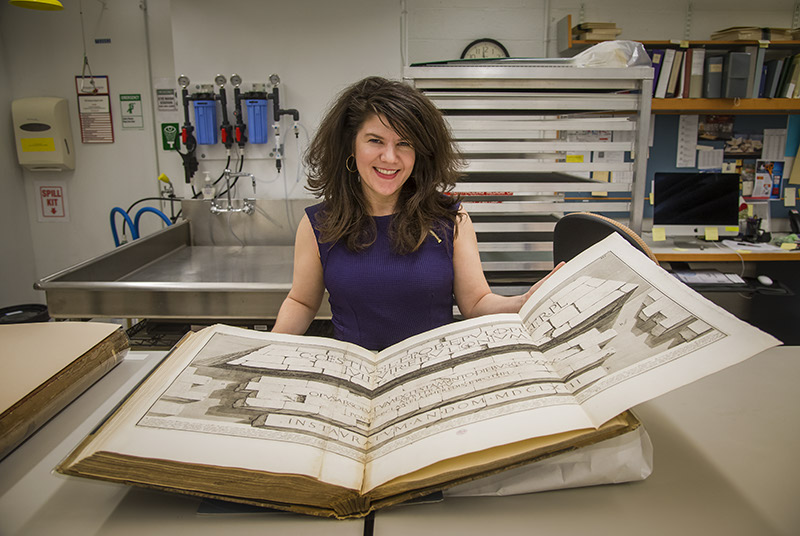Long before email, text, and instant message, important words were passed discreetly from closed palm to palm with a knowing glance and nod. These hand-written notes were often elaborately folded, sealed with wax, and rigged with anti-tamper devices to ensure their protection and authenticity.
The technique of “locking” letters involves folding the parchment, papyrus, or paper securely so that the letter functions as its own envelope. Well-known historical figures such as Queen Elizabeth I of England, Marie Antoinette, and even MIT’s founder, William Barton Rogers, used locked letters for their private communications.
“Letterlocking has been around for centuries, and has been used by prominent figures as well as everyday people,” says Jana Dambrogio, MIT Libraries’ Thomas F. Peterson Conservator. “Some of the earliest examples on paper are found in the Vatican Secret Archives and date back to 1494.”
Dambrogio, who is the conservator of MIT’s rare books, archives, and manuscripts, will demonstrate the technique of locking letters in two upcoming events at MIT: Historic Letterlocking: the Art, Technology and Secrecy of Letter Writing on April 23 during the Cambridge Science Festival, and April 29 during MIT Libraries’ Preservation Week. Read the full article on MIT News.

